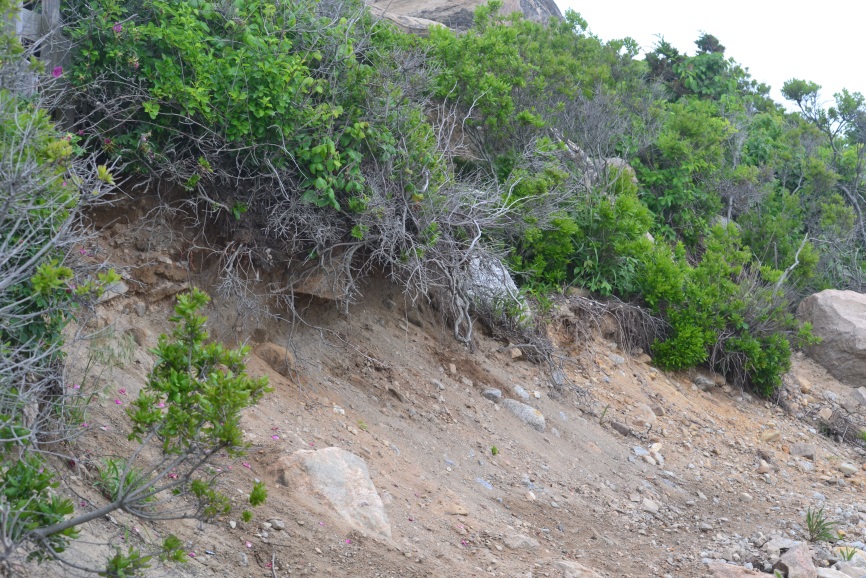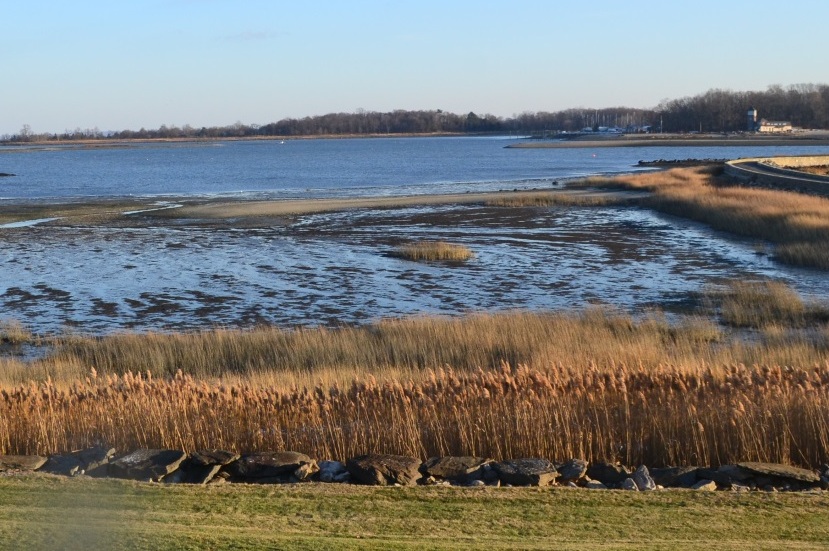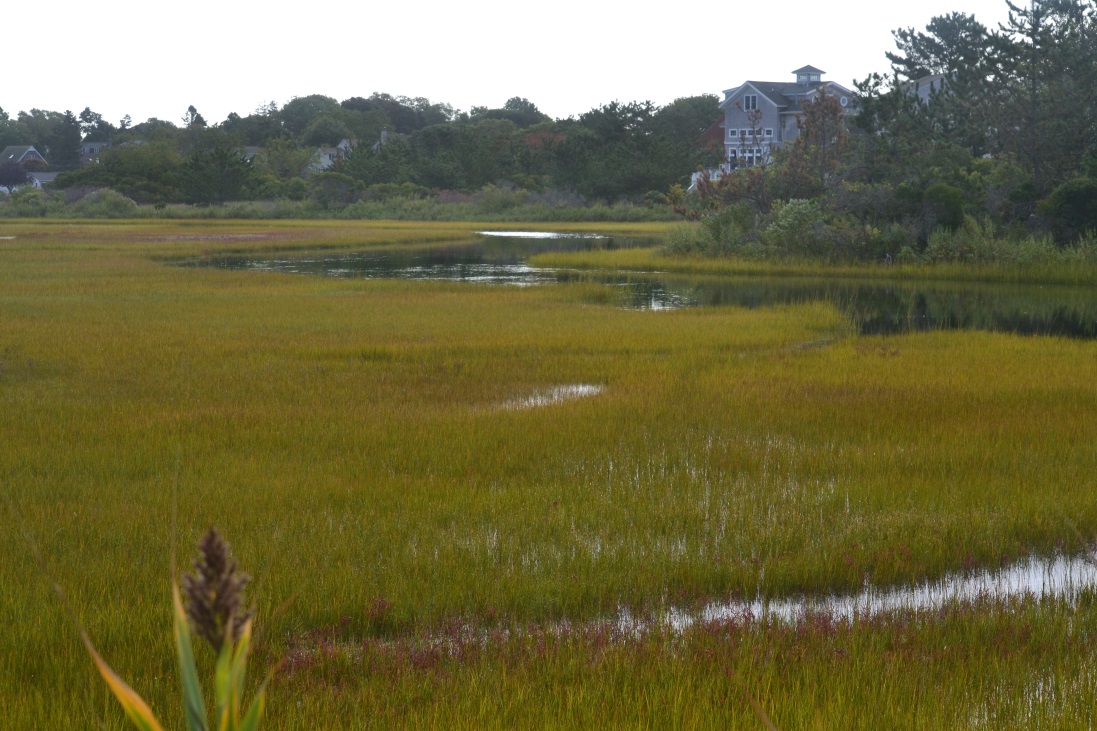

Living Shorelines in Connecticut |
|
Why Living Shorelines The Connecticut Coast Types of Living Shorelines Design Considerations Permitting Resources Printer Friendly Version |
The Connecticut Coast
The Connecticut shoreline of Long Island Sound is highly
variable, consisting of three major geomorphological types: beaches and dune,
bluffs and wetlands. The different shoreline types provide nesting and foraging
habitat for a wide range of aquatic plants and animals. Maintaining the
shoreline’s ability to absorb wave energy and reduce coastal flooding while
preserving the ecosystem services provided by the natural shoreline is the goal
of Living Shorelines. The most appropriate type of Living Shoreline for
stabilization will depend on the natural geomorphological conditions.
|
|||||||||||||||
|---|---|---|---|---|---|---|---|---|---|---|---|---|---|---|---|---|
 |
 |
 |
|
 |
Coastal
marshes are low-lying areas of salt tolerant plants that are subjected to
regular or occasional flooding by tides and storm surges. Marsh
plants are highly dependent on salinity resulting in distinct zones of plant
species based on elevation and the occurrence of salt water flooding surges. Marshes in Connecticut can be extensive meadows of salt tolerant plants, such as at Barn Island Wildlife Management Area or Hammonasset Beach State Park, usually dominated by high marsh, or fringe marshes, located along protected coastlines or at the toe of eroding bluffs. Fringe marshes may be bordered by mud flats. |
| Tidal salt marshes, whether natural or restored, can provide critical protection to coastal communities by reducing wave heights and therefore wave energy, storm surge levels and durations, and mitigating coastal erosion. In addition, marshes improve water quality by filtering groundwater, reduce surface water runoff, and decrease sediment transport. |  |
Connecticut beaches occupy about 14% of the Connecticut shoreline of Long Island Sound, consisting of:
Beaches and dunes are natural
barriers to the destructive forces of waves and storm surge. By absorbing the
impact of storm surge and waves, they prevent or delay erosion, flooding of
inland areas and damage to coastal infrastructure. During storms, beaches and
dunes provide sacrificial sediment which is transported offshore into a sand
bar system to causing waves to break and reducing wave energy reaching the
beach. In addition to storm protection, beaches and dunes
provide critical nesting and foraging habitat for shore birds and other aquatic
species, and recreation opportunities for property owners and the public. Want to learn more about beaches and dunes, and how to protect them from coastal erosion? Rocky and Soft BluffsThe Connecticut shoreline also consists of rocky and erodible bluffs. Rocky headlans are formed over time by wave action removing the more easily erodible mater. Soft bluffs, fored of loose stone, gravel, clay or sand, erode easily. Erosion of soft bluffs provides sediment to nearby beaches and dune systems. |
|
|
|
 |
Jennifer O'Donnell, Ph.D.
Coastal Ocean Analystics, LLC
860.961.2467
|
|
|
|